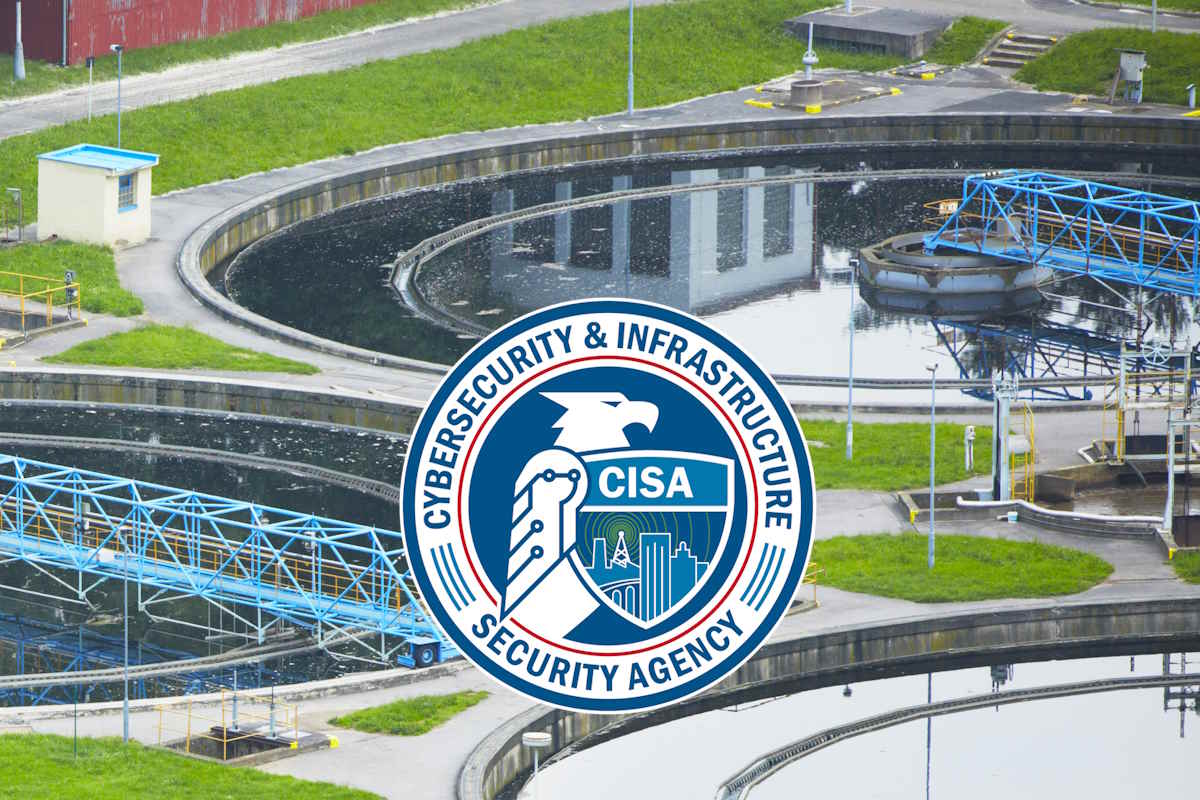CISA and partners publish a fact sheet on free cyber vulnerability scanning for water utilities

The U.S. Cybersecurity and Infrastructure Security Agency (CISA), developed in coordination with the Environmental Protection Agency (EPA), Water Sector Coordinating Council (WSCC), and the Association of State Drinking Water Administrators (ASDWA), a free cyber vulnerability scanning for water utilities fact sheet. The document explains the process and benefits of signing up for CISA’s free vulnerability scanning program, intending to share the benefits and steps to enrolling in the vulnerability scanning service.
CISA’s vulnerability scanning can help the utility identify and address cybersecurity weaknesses that an attacker could use to impact their system. The benefits of this service include identifying internet-accessible assets and identifying vulnerabilities in the utility’s assets connected to the internet, including Known Exploited Vulnerabilities (KEVs) and internet-exposed services commonly used for initial access by threat actors and some ransomware gangs.
The service also provides weekly reports on scanning status and recommendations for mitigating identified vulnerabilities; and delivers a significant reduction in identified vulnerabilities in the first few months of scanning for newly enrolled water utilities, with ongoing detection and reporting with continuous scanning for new vulnerabilities.
“CISA uses automated tools to conduct vulnerability scanning on your external networks. These tools look for vulnerabilities and weak configurations that adversaries could use to conduct a cyberattack,” the document outlined. “CISA’s scanning provides an external, non-intrusive review of internet-accessible systems. The scanning does not reach your private network and cannot make any changes. CISA will send you weekly reports with information on known vulnerabilities found on your internet-accessible assets, week-to-week comparisons, and recommended mitigations.”
The service can also be configured so that ad-hoc alerts can be received for any urgent findings. “CISA does not share any attributable information without written and agreed consent from the stakeholder. CISA summarizes aggregate, anonymized data to develop non-attributable reports for analysis purposes,” it added.
The various phases included in CISA’s vulnerability scanning enrollment are pre-planning, planning, execution, and reporting.
The pre-planning and planning phase involves the stakeholders. It covers requests for vulnerability scanning service, and signs and returns documents, while the planning phase provides a target list (scope). Under the execution phase, the CISA performs an initial scan of the submitted scope; and rescans stakeholder’s target list at the following intervals based on the highest severity of identified vulnerabilities – 12 hours for ‘critical’ and ‘known exploited,’ 24 hours for ‘high,’ four days for ‘medium,’ six days for ‘low,’ and seven days for ‘no vulnerabilities.’
Lastly, under the reporting phase, CISA sends ad-hoc alerts within 24 hours of detecting a new ‘urgent’ finding; delivers a weekly report to the stakeholder; provides detailed findings in consumable format to the stakeholder; and provides vulnerability mitigation recommendations to a stakeholder.
To get started, stakeholders must email ‘[email protected]’ with the subject line ‘Requesting Vulnerability Scanning Services,’ the document said. “Include the name of your utility, a point of contact with an email address, and the physical address of your utility’s headquarters.”
Then, CISA will reply with a Service Request Form and Vulnerability Scanning Acceptance Letter to obtain the necessary information about the utility and its authorization to scan its public networks. Subsequently, scanning will begin within 10 days of receiving all completed forms.
Last month, the U.S. President’s National Infrastructure Advisory Council (NIAC) reported that water utilities face challenges in recruiting, training, and retaining their workers. The agency added that about one-third of the current water sector workforce will be eligible to retire in the next ten years. Technologies used in the water sector are becoming more advanced. New water quality regulations such as the limits on forever chemicals and threats such as cybersecurity compromises will require a more specialized workforce.










